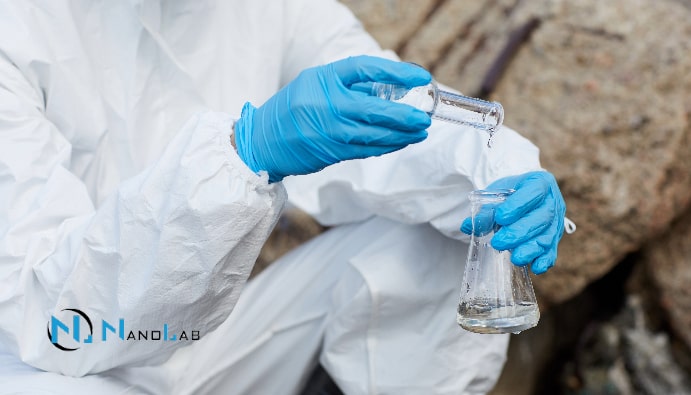Total Cyanide Determination: Application Areas
What is Total Cyanide? Why Is It Analyzed?

What is Total Cyanide?
Total Cyanide is the measurement of all free and complex cyanides present in water or other liquids. Cyanide is a toxic compound used in industrial processes and involved in many chemical reactions. Cyanide is widely used, especially in the mining industry, metal processing plants and some chemical processes. High concentrations of cyanide can damage water resources and the environment, so accurate and precise determination is essential to protect water quality and environmental safety.
What is the Importance of Total Cyanide Determination?
- Environmental Safety: Cyanide can cause toxic effects when it enters water or the environment. Total cyanide determination is an analysis used in environmental monitoring and control processes by determining the concentration of this toxic compound. Controlling the release of cyanide in various industrial processes is imperative to protect the environment and ensure water quality.
- Health Risks: Cyanide can cause poisoning when it is passed to humans through water and food. Therefore, regular monitoring of cyanide concentrations is essential for the protection of public health.
- Industrial Applications: There are various applications where cyanide is used in metal processing plants, chemical production and treatment processes, especially in the mining industry. In these areas, total cyanide determination is important to ensure the efficiency and safety of the processes.
What are Total Cyanide Determination Methods?
Total cyanide determination includes various analysis methods used to accurately and precisely determine the concentration of cyanide in water and liquid samples:
- Cyanide Distillation: This method uses distillation with an acid to convert all free and complex cyanides present in the liquid sample into free cyanides. After distillation, the resulting gas sample is analyzed in a cyanide detector. This technique is used to determine the sum of free and complex cyanides in water.
- Cadmium Reduction Method: This method converts free and complex cyanides in liquid samples into free cyanide by reduction reaction in the presence of cadmium. As a result, free cyanide is measured in the gas phase and the total amount of cyanide is determined. This method is generally used in the analysis of water and wastewater.
- Colorimetric Methods: It involves determining the amount of cyanide by the color formed as a result of a chemical reaction. The color formed as a result of this reaction is measured with a colorimeter. This method is widely used in laboratories because it is simple and fast. For example, the color reaction with ortho-toluidine (OT) is a common colorimetry method.
- Ion Selective Electrode (ISE) Method: This method uses an ion selective electrode that directly measures the free cyanide ions present in water samples. The ISE method provides fast results and can measure precisely even at low concentrations.
Nanolab Laboratories Group continues to provide services within the scope of Total Cyanide Determination. We also provide services in Water Analysis.
Contact us for more information.
You can follow us on LinkedIn for up-to-date news and posts about our services.
Follow our Instagram account to be informed about our latest blog posts.

